
In Nova Scotia, there exists a tradition of buried treasure. In the “golden age” of piracy, from approximately 1690 to 1730, Nova Scotia was scarcely populated by Europeans so it became quite a good hideout for pirates and privateers. Among them, the notorious Ned Low.
Ned Low, and William Kidd too, may have hidden treasure here in Nova Scotia … somewhere … .
Among the more recent buried treasures here in Nova Scotia is buried wine. In particular, the work of Mike Mainguy (winemaker at Luckett Vineyards) has got much attention with the concept of burying a blended red and a single-varietal white. Today, I focus on the red, Buried Red. I will praise the white at another occasion.
Although the method of burying wine sounds cutting edge and terribly cool (Ok, it is that), it is also ancient. In fact, the very first wines of Georgia, 8000 years ago, were buried in the ground after being carefully placed in earthenware vessels whose insides were coated in beeswax. These kvevris remained entombed for up to fifty years!
This technique was recently revived with great success in Sicily.
The success of AOC Bandol’s wines that are buried and aged in the sea attracts much attention too, very deservedly … .
Of more immediate relevance to us is the buried treasure produced by winemaker Mike Mainguy of Luckett Vineyards. Since the cooler climate of Nova Scotia makes the development of fuller-bodied red wines problematic, to say the least, the work of Luckett’s Mike deserves much attention and high praise. His Buried Red is a blend of equal parts Lucie Kuhlman, Maréchal Foch and Léon Millot that has been buried 8 ft below ground for 13 months in French and American oak casks. In a recent interview with the Chronicle Herald, Mike attempted to dispel some of the romanticized elements of this process by saying,
“To put it pretty simply, we dug a big-ass hole in the bottom of the vineyard.”
According to Mike, the inspiration for this method was, of course, vineyard manager Marcel Kolb’s years of insistence since he had seen the excellent results this method produces in his native Switzerland. Once the Luckett team (primarily Mike and owner/wine baron extraordinaire, Pete Luckett) tasted the proof of the Swiss example, they were more convinced. Add to this the attraction of the above-mentioned ancient ‘amphora’ wines and ocean trials in France and the temptation becomes almost irresistible. In Mike’s words, “Mostly, it seemed fun.” He also relates this experience thusly, “Think little kids in sandboxes.” What’s not to love about this ludic approach?
Mike relates that the decisions concerning the grapes and the casks were informed by his desire to use strong, classic Nova Scotia varietals with more neutral oaking through older barrels and a mix of French and American oak for the red. In personal correspondence he claimed he was “more interested in the micro-oxygenation of the wine underground.” In the newspaper article he elaborated on the effects of the process this way: “The whole buried thing, maybe it seems a bit hocus-pocus, and I’d be skeptical if I was a customer buying it, but the proof of the pudding is in the tasting. It does apply to the reds a little roundness, a little softness, a fuller taste, a nicer mouth feel. I’m not sure how or why … but it seems to be doing great stuff. “We’ve done a taste test, blind, and the same grapes left out of the ground are distinctly different.” As someone who had the privilege of personally winegrunting this exceptional elixir to curious customers at Luckett Vineyards this past season (to say nothing of the exceptional percentage of my paycheck I dedicated to the personal purchase of this buried treasure), I can sincerely say that the flavour is extraordinary. Mike discussed the earthy quality of his creation in his earlier interview: “It sounds corny, but it is earthier. It’s got these truffle-y notes to it that we didn’t see in the same wines when they were in the barrel room. The idea is that at that depth there is perfectly consistent humidity and temperature. There’s also limited exposure to oxygen.” Again, on a personal note, I have remained deeply impressed by the pleasant complexity of this wine that exhibits its earthy quality, minerality, and truffliness in a way similar, perhaps, to a particular, top-shelf, old world Syrah. Since it is a very labour-intensive wine, it does command a higher price than your average Nova Scotia red. Based on the results, this is extremely justifiable. Given the process of interment and exhumation, I cannot help but consider this THE classic Gothic wine that merits truly exceptional pairings that go well beyond one’s typical expectations. To begin with the basic idea of food pairings, I recommend the Goulash triestino over fettuccine with fresh rosemary from the garden, grated parmesan cheese, with lightly toasted ciabatta covered in goat cheese, sweety pepper drops from Luckett’s and Sicilian capers, on the side. This must be served by candle-light, of course. The goulash recipe is offered below the photo:
GOULASH TRIESTINO
This is Lidia Bastianich's delicious recipe for Beef Goulash in the style of Trieste, ... Ingredients: Servings: 6-10 Units: US | Metric 1/3 cup extra virgin olive oil 2 -3 large onions, peeled and cut in thick wedges (1 1/2 pounds) 2 teaspoons coarse sea salt (to taste) or 2 teaspoons kosher salt (to taste) 2 1/2 lbs trimmed boneless beef chuck or 2 1/2 lbs beef round steak, cut in 1 1/2-inch chunks for stewing 2 teaspoons Hungarian paprika, sweet or hot to taste 1 teaspoon dried oregano fresh rosemary (1 branch with lots of needles) 3 cups cold water 1 tablespoon all-purpose flour 4 tablespoons tomato paste Directions: 1 Pour the olive oil into a small saucepan (about 6 cup capacity), set over medium-low heat, and drop in the onion wedges. Toss to coat in oil, season with 1/2 teaspoon salt and cook gently for 3-4 minutes until sizzling and softening. 2 Spread onions in the bottom of a heavy-bottomed 9 or 10-inch saucepan (such as an enameled cast-iron French oven with a tight-fitting cover) and drop the beef cubes on top of the onions, filling the pan in one layer. Sprinkle another 1/2 teaspoon of the salt, all the paprika, and the oregano over the meat and drop in the rosemary. Without stirring or turning the meat chunks, cover the pan tightly. Heat the meat, with the seasonings on top and the onions below, so it starts to release its juices and stew. Check once or twice to see that the pan liquid is bubbling and the onions are melting (not burning) but don't stir. 3 After 30 minutes or so, set the cover ajar a couple of inches and adjust the heat to keep the juices bubbling and slowly reducing. As they thicken, stir up the onions so they don't burn and tumble the meat in the pan. 4 Continue cooking, partially covered, for another 1/2 hour or so. When the juices are concentrated and thick in the pan bottom, prepare the goulash sauce:. 5 Pour 3 cups cold water in the small pan and whisk in the flour. Set over low heat and continue whisking until the flour is dispersed with no lumps, then whisk in the tomato paste. Heat gradually, whisking often, until the tomato-flour water just comes to a bubbling boil. Pour into the big saucepan and stir well, turning the meat chunks over--they should be nearly covered in sauce. 6 Bring the sauce to a gentle simmer, put on the cover slightly ajar, and cook 45 minutes to an hour, until the meat is quite tender and the sauce is somewhat reduced. Season with more salt to taste. Turn off the heat and let the goulash cool in the pan for several hours before serving or refrigerate overnight. 7 Reheat slowly, stirring now and then, until the meat is thoroughly heated. Thin the sauce with water if it has thickened too much. Serve hot. (Though not part of the original recipe, I like to garnish mine with a dollop of sour cream.).
**
Perhaps a bit before this feast, and in order to further the “gothic” theme, the goulash and Buried Red should be accompanied by appropriate reading. I recommend a little Edgar Allen Poe, specifically, The Cask of Amontillado.
During the repast, music is always a good idea. It sets the mood, further inspires the appetite and appreciation of food and drink. Here, the Gothic Jazz Orchestra offers an excellent musical accompaniment, in my opinion:
More in the mood for some Jill Tracy? I get it ... sure, why not? That line about "Redemption from a bottle" gets me too ... . While cheese and fruit (especially grapes, for example) may work very well to complete the dining and drinking experience, let’s never say no to yet another bottle of Buried Red (budget permitting, of course) or even a fortified wine (Amontillado anyone?) with perhaps a sigaro toscano. To possibly accompany your second bottle of Buried Red and sigaro toscano, and to complete that gothic feel, I heartily recommend a viewing of Game of Thrones. The first vintage of Buried Red was in 2011, consisting of 3 barrels or 75 cases. Since then, this truly exceptional wine has developed a devoted following. There is still treasure buried out here in Nova Scotia … and you’ve just been given a tremendous hint at the map that leads there: look for a red phone box …
0 Comments
Your comment will be posted after it is approved.
Leave a Reply. |
AuthorsAstrid Friedrich Archives
May 2017
Categories
All
|

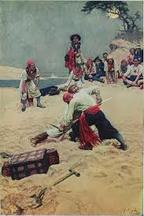
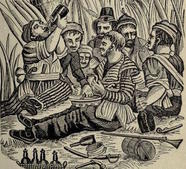



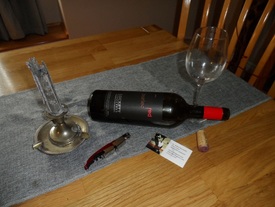
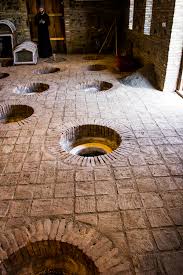
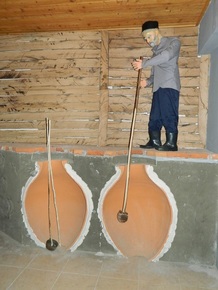
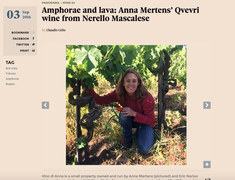
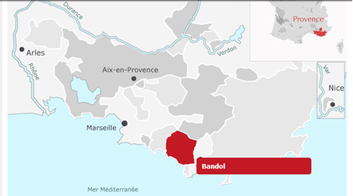

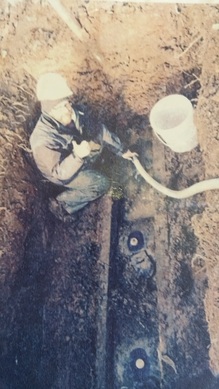
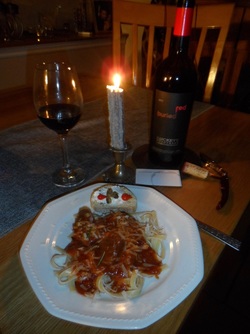
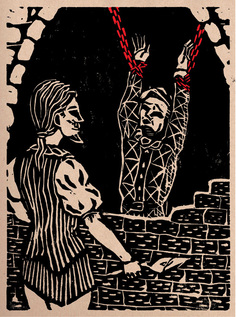
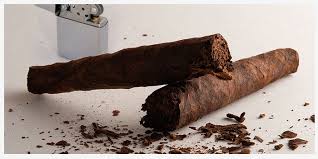
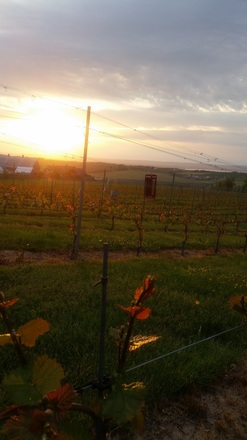
 RSS Feed
RSS Feed